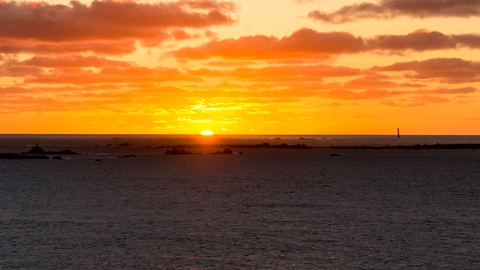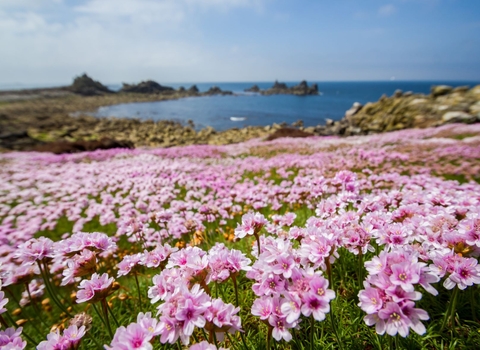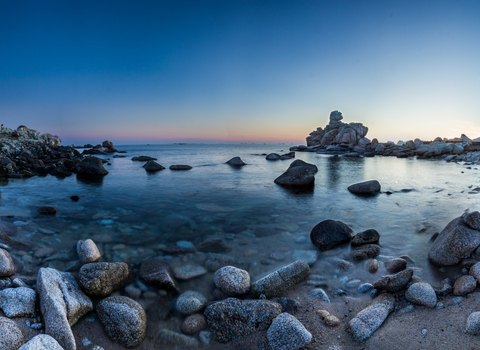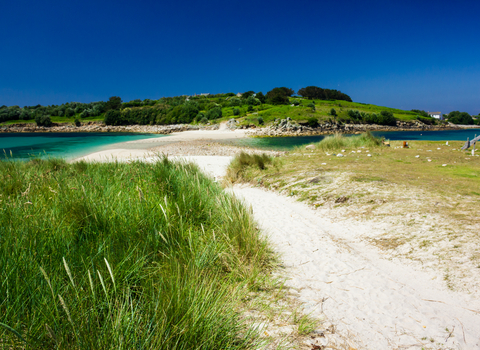Know before you go
Dogs
at the boat operator's discretion
When to visit
Opening times
Open year roundBest time to visit
Spring & SummerAbout the reserve
Lying low in the sea between Annet and the Bishop Rock Lighthouse sit a series of small uninhabited islands. They have otherworldly Scillonian and Cornish names, including Great Crebawethan, Rosevear, Rosevean, Gorregan, Melledgan and Hellweathers. The highest point above sea level is on Rosevean at just 17m, which means these islands experience the full force of the Atlantic, south-west gales and sea spray. Only one island, Rosevear, is vegetated with only five plant species being recorded.
These islands are best known and particularly important for their breeding seabird colonies, totalling eleven species. The Western Rocks boast the largest breeding colony across the archipelago of European shags, with Rosevear being internationally important for the species. The island of Gorregan is particularly important for razorbills and guillemots, whilst Melledgan is important for cormorants. Storm petrels are known to breed in some of the granite boulder beaches throughout these islands, along with other seabirds including puffins, fulmars, and great black-backed, lesser black-backed and herring gulls.
The isolated rocks and ledges are also important sites for grey seals, which can be seen hauled up at low tide throughout the year.
As with all our breeding seabird colonies, peace, quiet and minimal disturbance is required. We carry out annual monitoring of our seabirds by boat, with a fuller survey every six years that requires landing. These vital surveys provide data, which can be used to ascertain the health of seabird populations around Scilly, the wider region and even nationally, plus reveal insights into health of our seas.
We also periodically monitor the grey seal population in the area. The Isles of Scilly are thought to be a key staging point for grey seals who move between the southwest coast of England and France. You can find out more about watching seals and seal surveys here.




